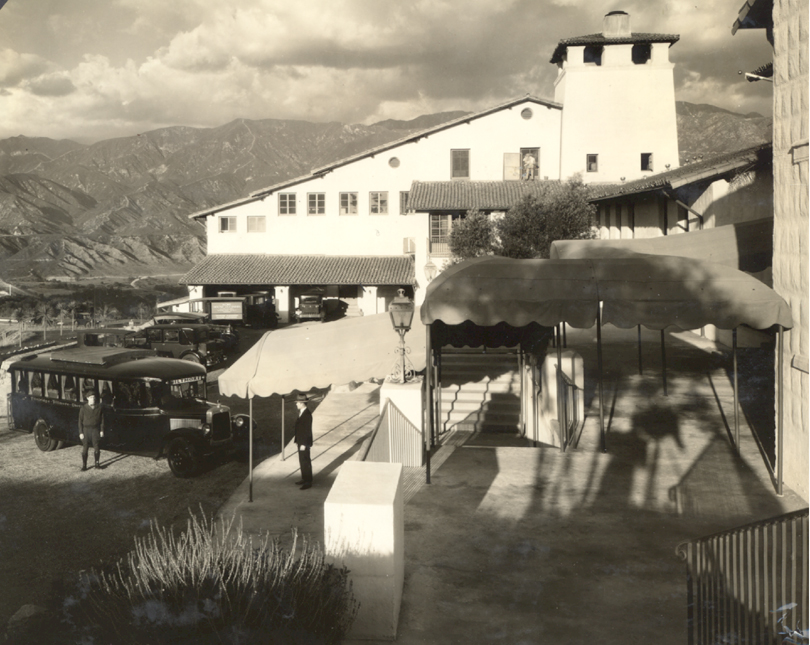|
Villanueva De La Cañada
Villanueva de la Cañada is a municipality in the Community of Madrid, Spain. Located 30 km north-west from Madrid, the municipality covers an area of 34.92 km2. Geographically, it sits on a large plain, in which there are several promontories, on one of which is found the , its main landmark. The ESA's European Space Astronomy Centre lies close to the former, on the Guadarrama riverfront. , a well-off urban area detached from the main nucleus, is located within the municipal bounds. Villanueva de la Cañada hosts the main campus of the Alfonso X El Sabio University as well as the Aquópolis waterpark. Geography Villanueva de la Cañada is watered by the rivers Guadarrama and Aulencia, as well as various streams. The latter joins eventually the Guadarrama, which flows in turn into the Tajo. Geologically, its limits form part of the depression of the Tajo and it is defined by the existence of many alluvial fields, with an average elevation of 652 metres. It borders ... [...More Info...] [...Related Items...] OR: [Wikipedia] [Google] [Baidu] |
Municipalities Of Spain
The municipality ( es, municipio, , ca, municipi, gl, concello, eu, udalerria, ast, conceyu)In other languages of Spain: * Catalan/Valencian (), sing. ''municipi''. * Galician () or (), sing. ''municipio''/''bisbarra''. *Basque (), sing. ''udalerria''. * Asturian (), sing. ''conceyu''. is the basic local administrative division in Spain together with the province. Organisation Each municipality forms part of a province which in turn forms part or the whole of an autonomous community (17 in total plus Ceuta and Melilla): some autonomous communities also group municipalities into entities known as ''comarcas'' (districts) or ''mancomunidades'' (commonwealths). There are a total of 8,131 municipalities in Spain, including the autonomous cities of Ceuta and Melilla. In the Principality of Asturias, municipalities are officially named ''concejos'' (councils). The average population of a municipality is about 5,300, but this figure masks a huge range: the most populo ... [...More Info...] [...Related Items...] OR: [Wikipedia] [Google] [Baidu] |
Boadilla Del Monte
Boadilla del Monte () is a Spanish town and municipality located in the west of the Community of Madrid, inside its metropolitan area. It has the second highest level of income per capita in all of the country of Spain. In 2017, it had a population of 51,463. Symbols The escutcheon representing the municipality was approved by Real Decreto on October 6, 1977: The textual description of the flag, approved with an agreement on February 22, 2007, is the following: History The placename could come from the Arabic "Boadil-la", showing a Saracen domain of the territory. Another option is that the name comes from "boa", word that in the 13th century meant "rush-like plant". In the 15th century, the Catholic Monarchs gave Don. Andrés Cabrera and his wife, Doña Beatriz de Boadilla, the noble rank of Count and Countess of Chinchón, being Boadilla part of their territory. The "Señorío de Boadilla del Monte" had owners such as the Count of Toreno and the Marquess of Miraba ... [...More Info...] [...Related Items...] OR: [Wikipedia] [Google] [Baidu] |
La Cañada Flintridge, California
La Cañada Flintridge, commonly known as "La Cañada" (Spanish for "The Canyon"), is a city in the foothills of the Verdugo Mountains in Los Angeles County, California. Located in the Crescenta Valley, in the western edge of Southern California's San Gabriel Valley, it is the location of NASA's Jet Propulsion Laboratory. Before the city's incorporation on November 30, 1976, it consisted of two distinct communities, "La Cañada" and "Flintridge". History Reference to the entire city is often shortened to just "La Cañada" or seldom to just "Flintridge". The full city name specifically does not have a hyphen in it, to illustrate unity between the two communities that became one. La Cañada During the Spanish and Mexican eras, the area was known as . La Cañada comes from the Spanish word (), meaning 'canyon', 'gorge', or 'ravine'. In December 1933 and January 1934, the La Cañada Valley was severely flooded in the Crescenta Valley flood (1933 and 1934). Flintridge Fl ... [...More Info...] [...Related Items...] OR: [Wikipedia] [Google] [Baidu] |
